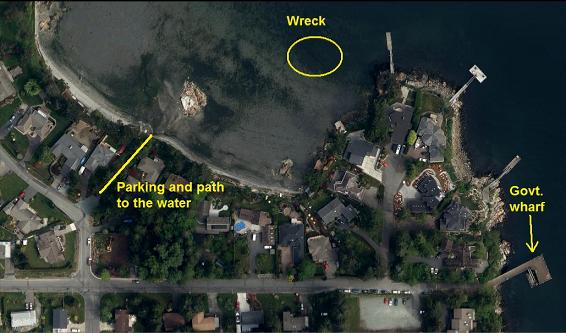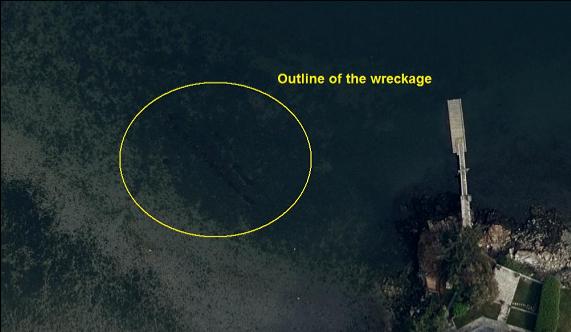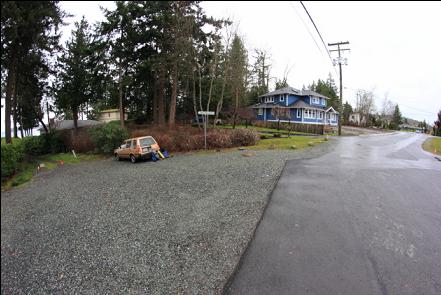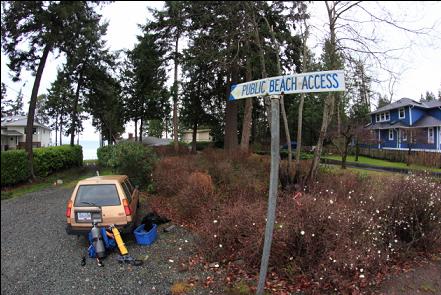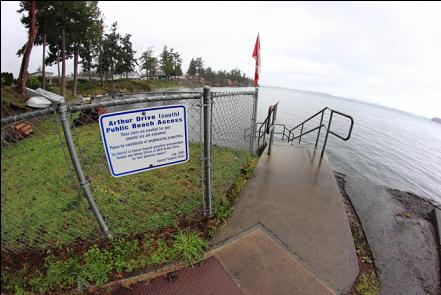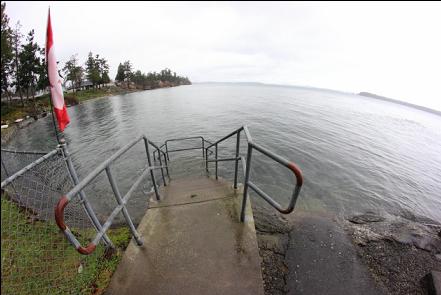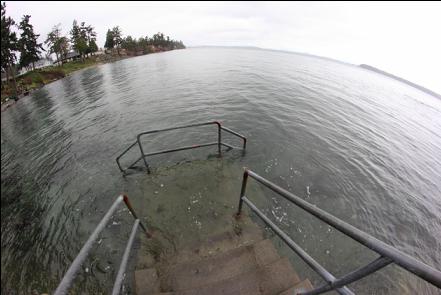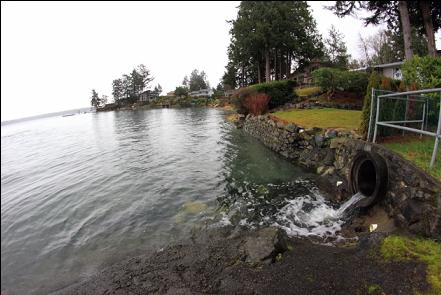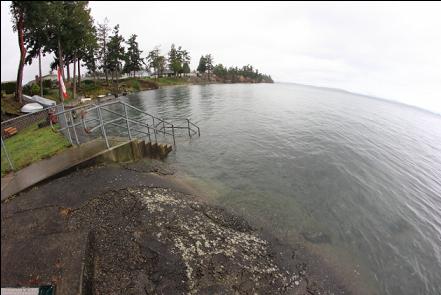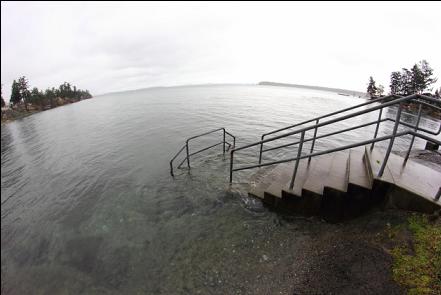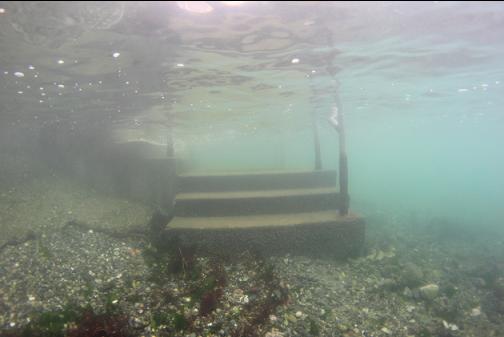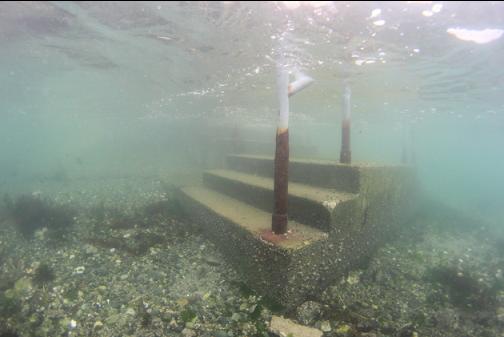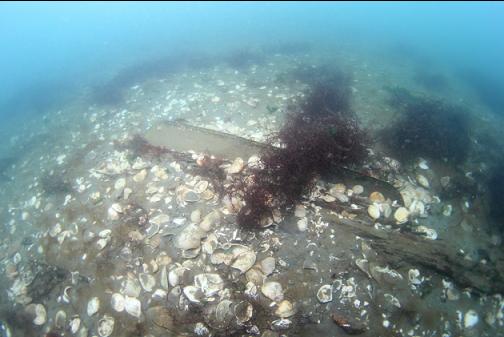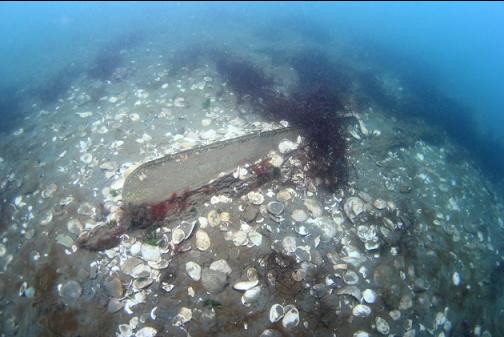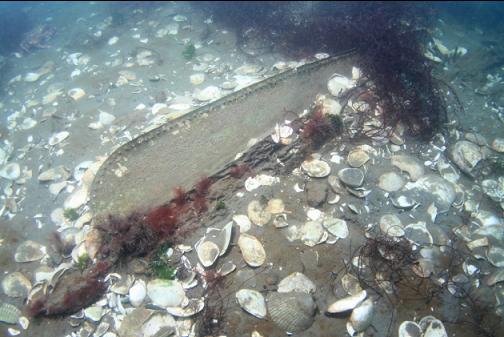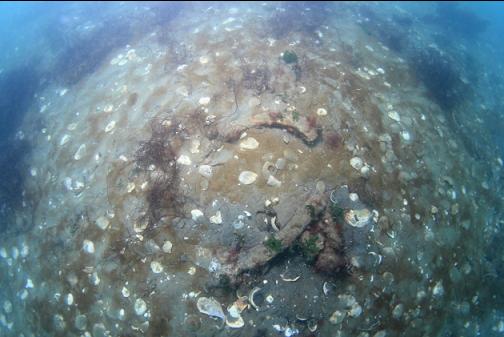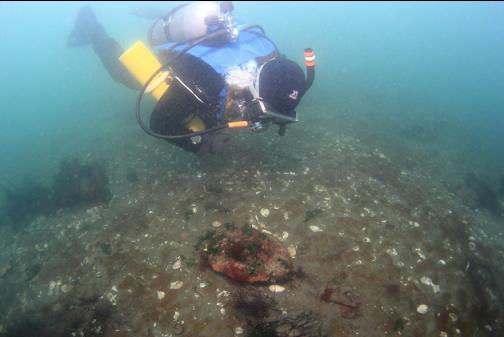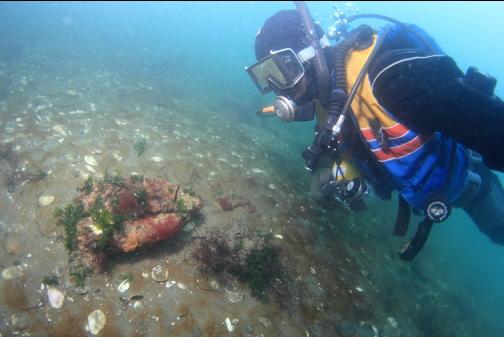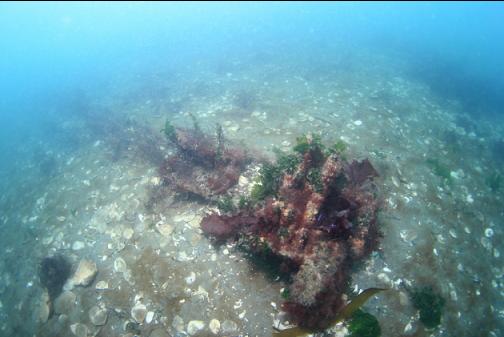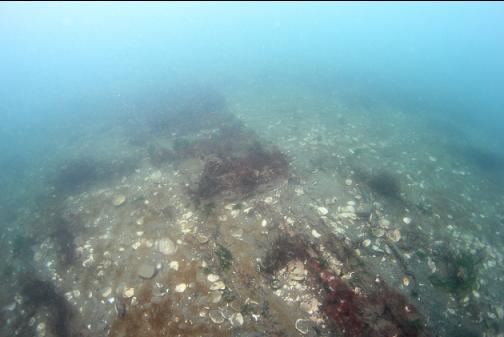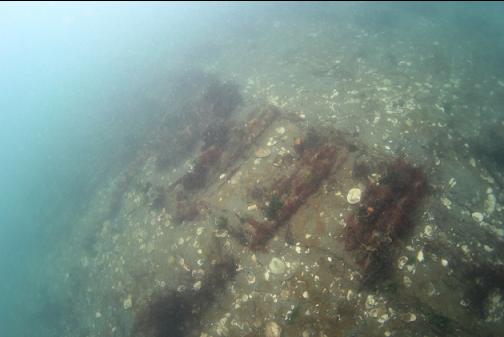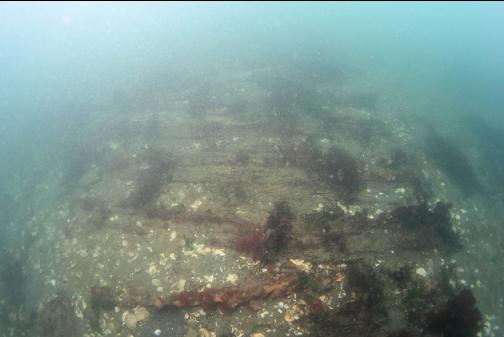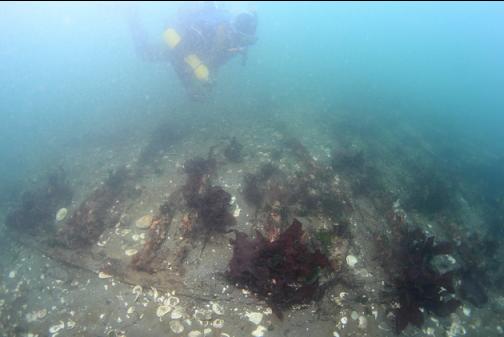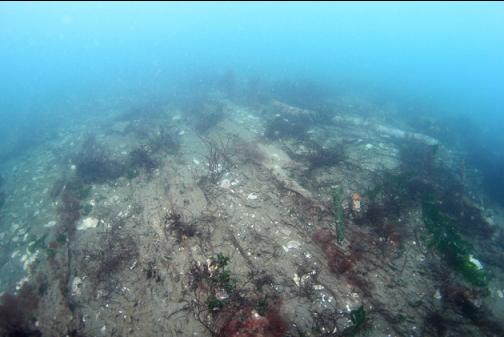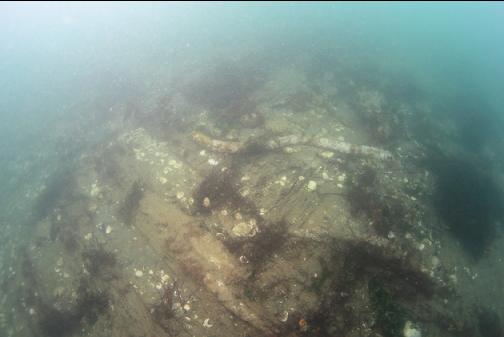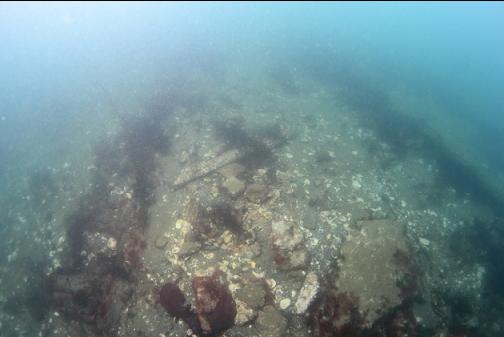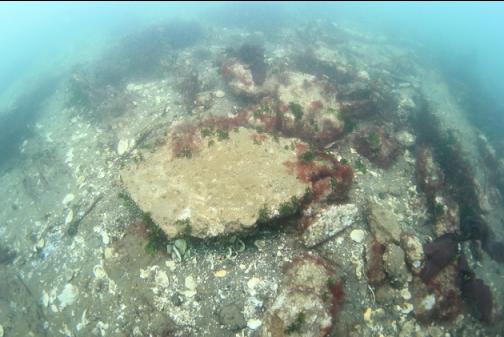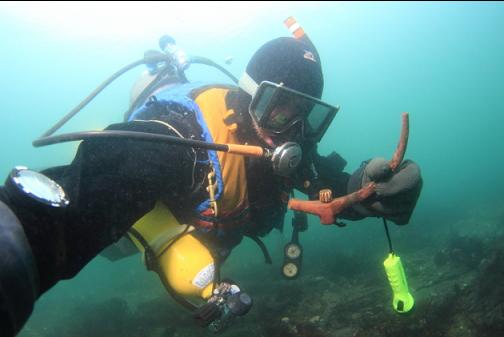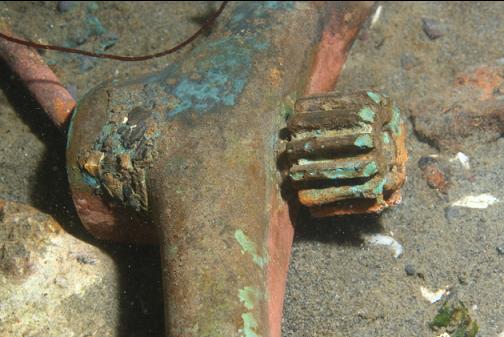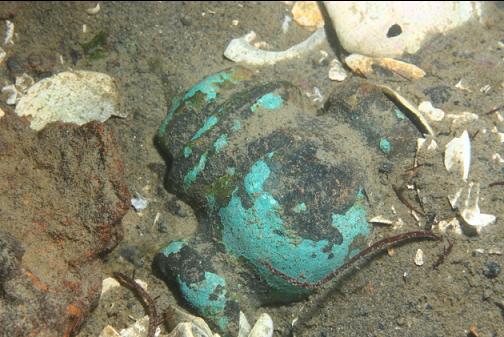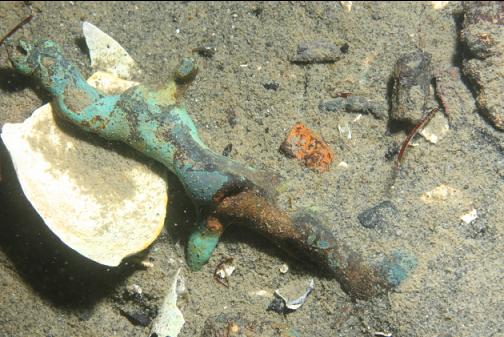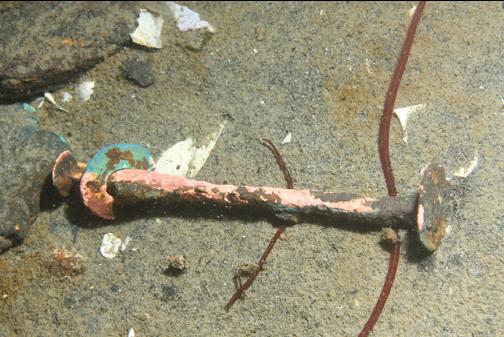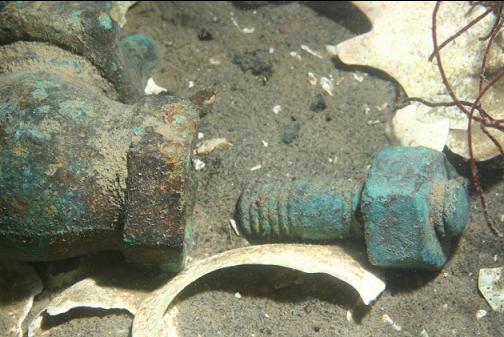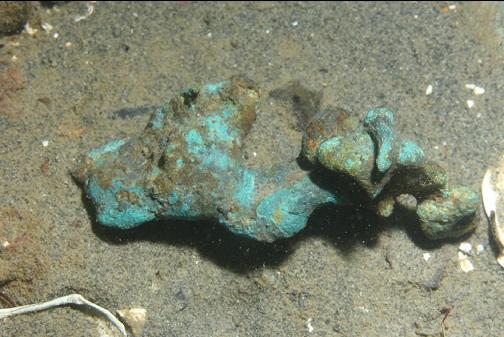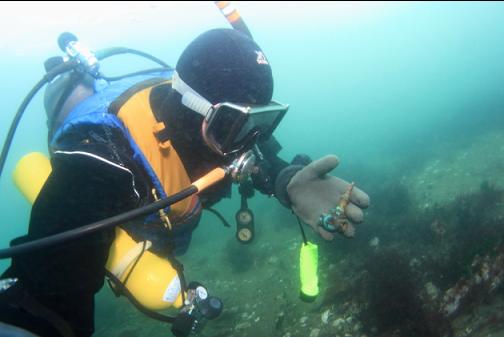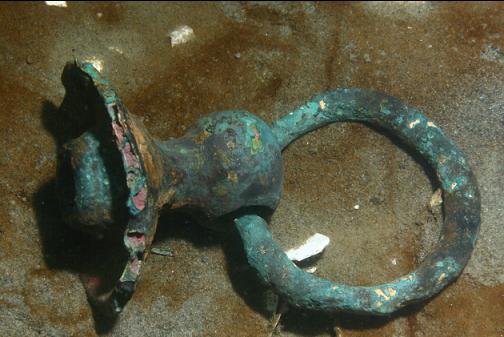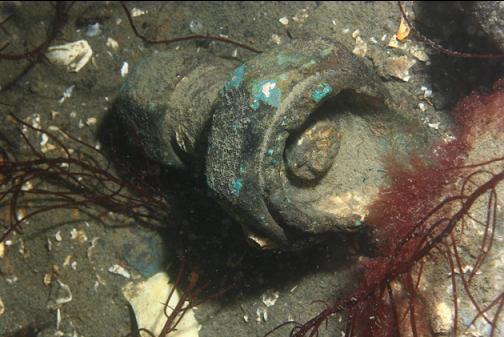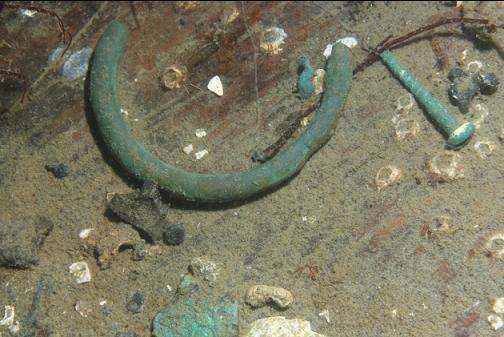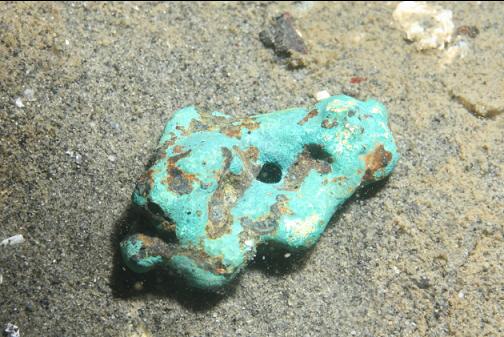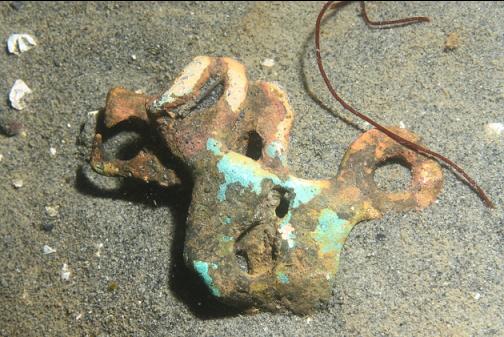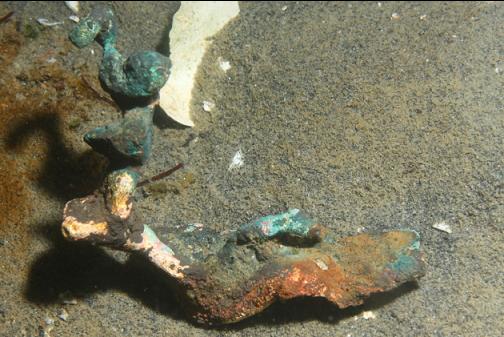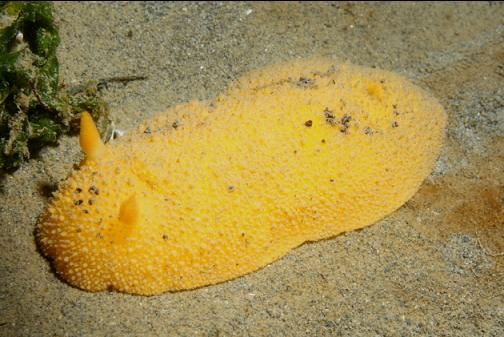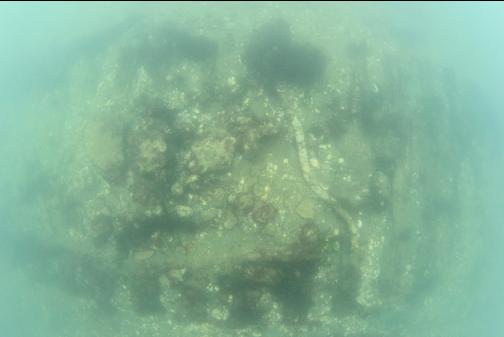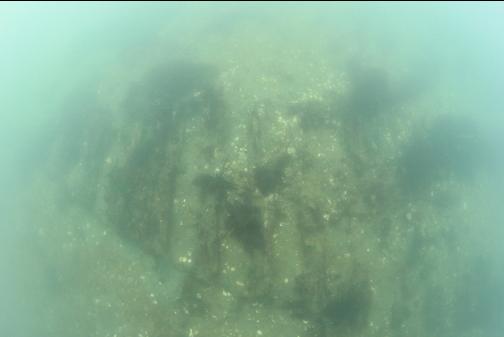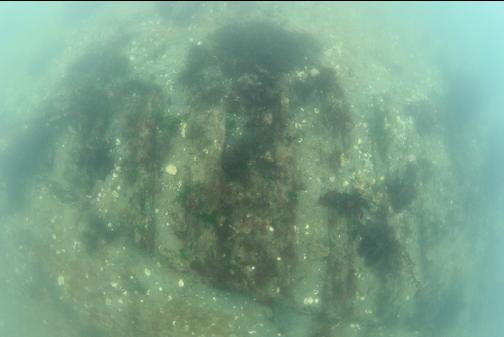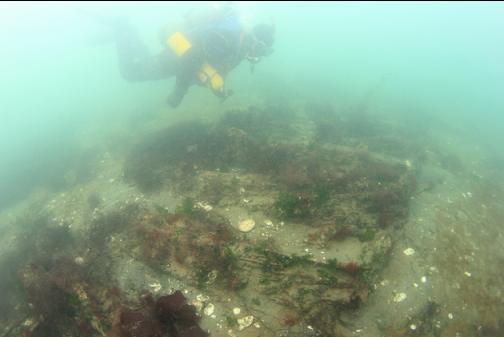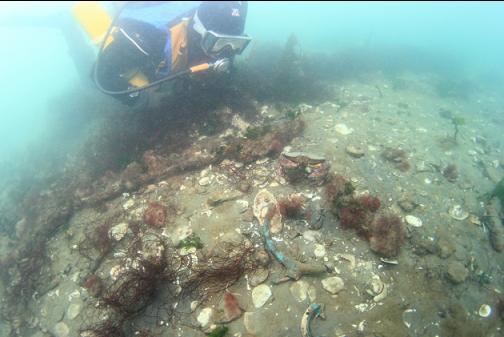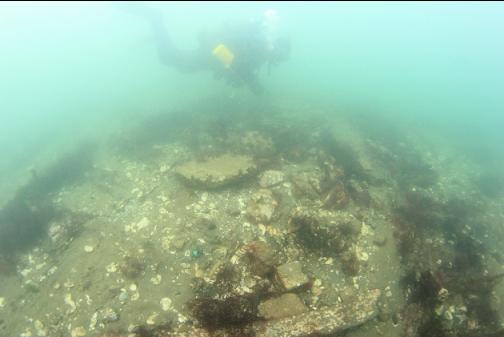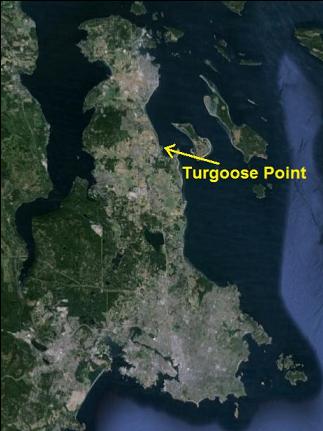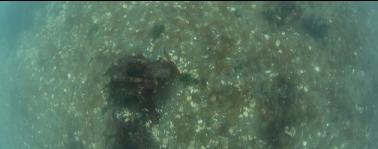
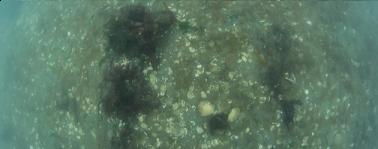
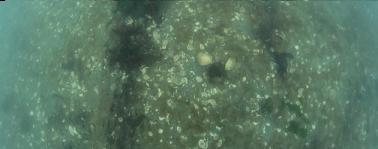
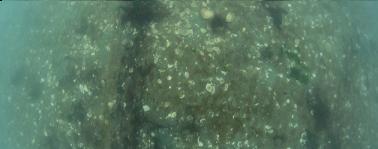
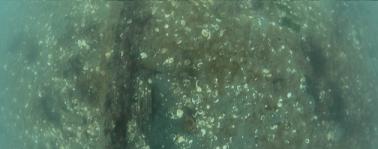
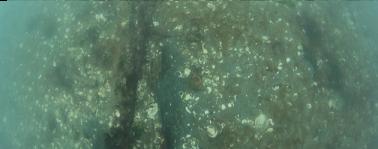
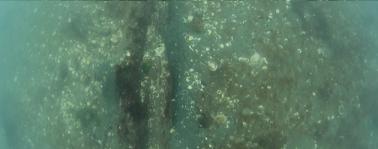
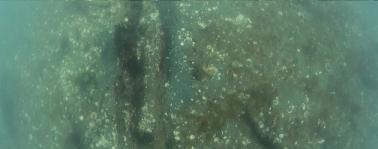
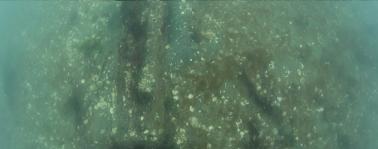
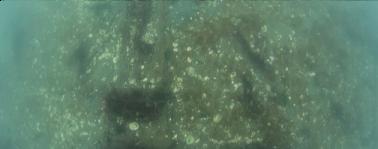
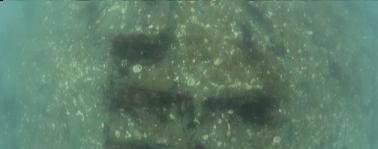
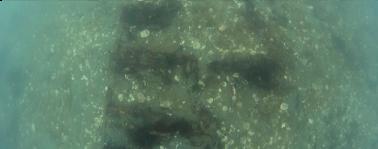
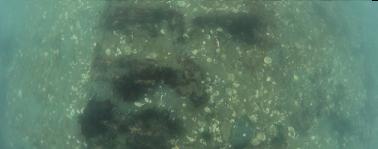
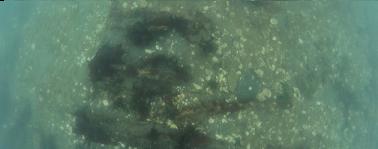
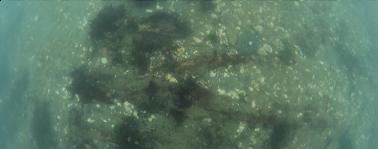
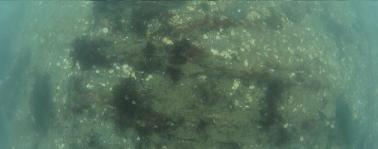
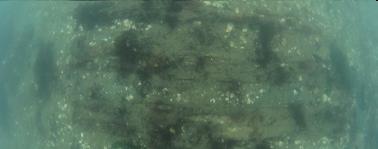
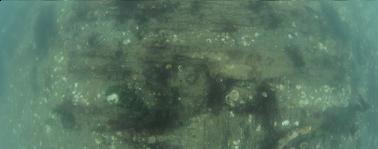
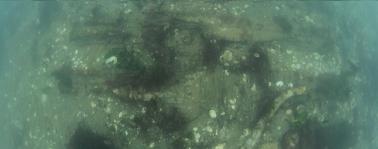
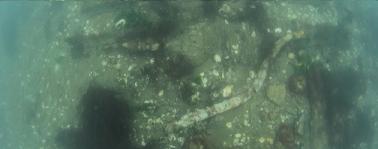
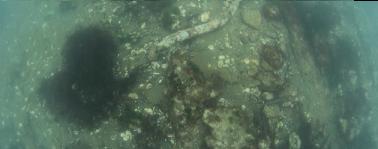
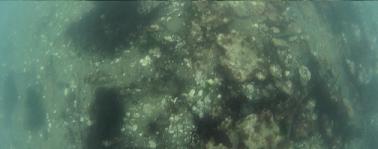
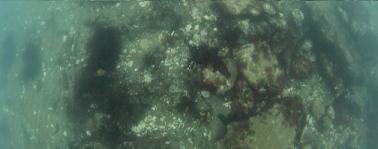
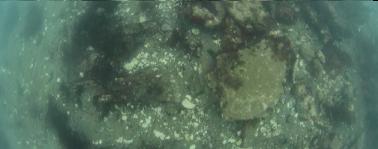
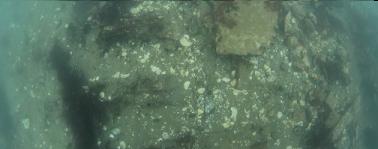
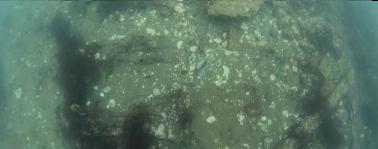
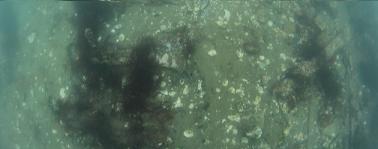
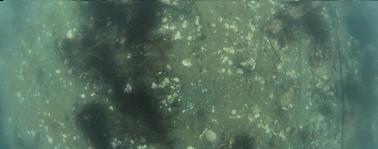
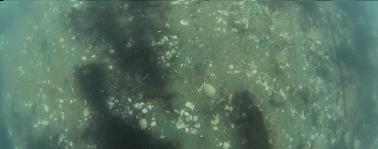
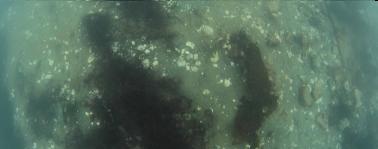
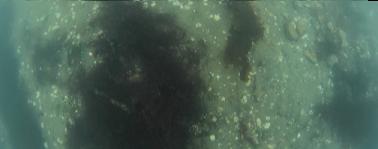
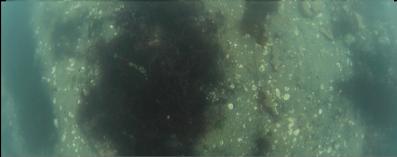
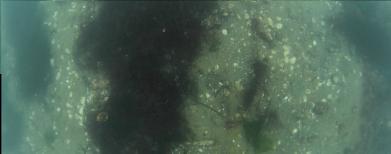
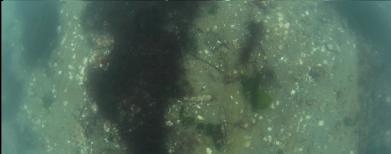
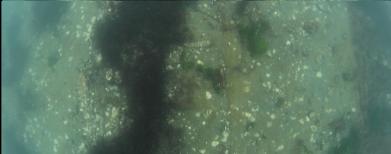
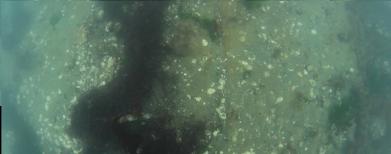
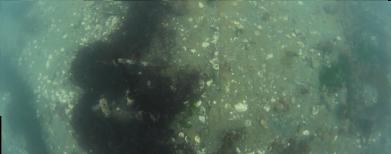
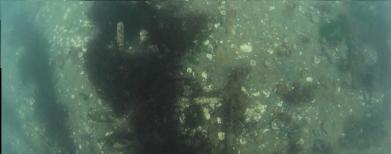
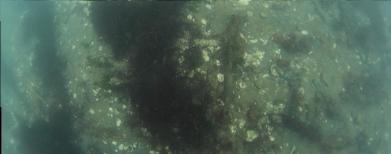
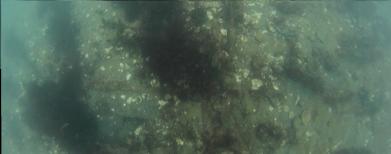
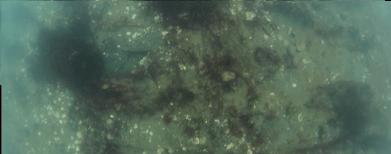
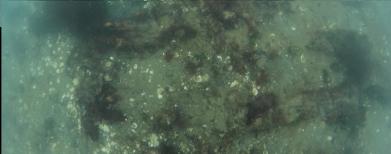
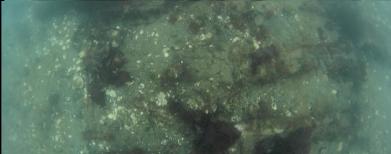
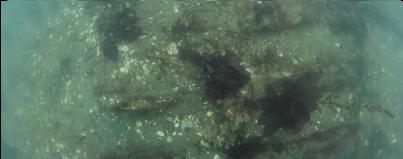
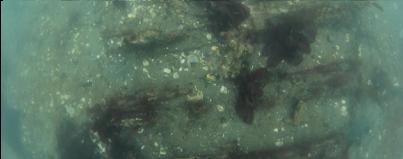
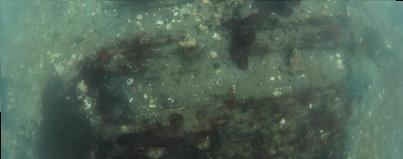
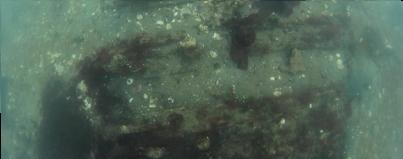
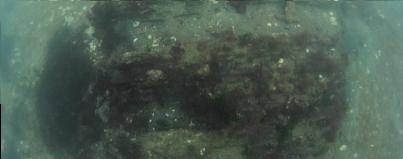
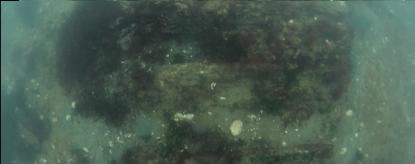
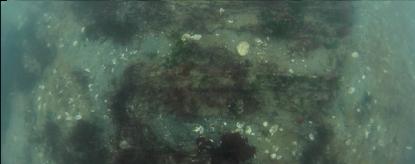
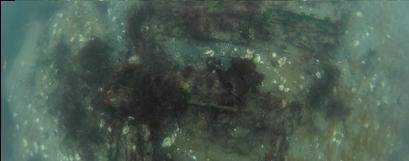
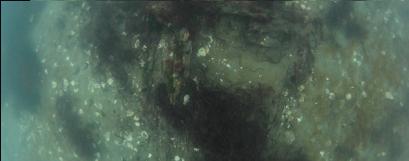
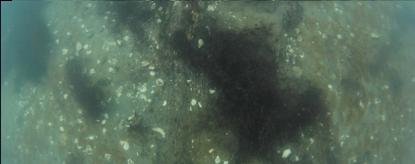
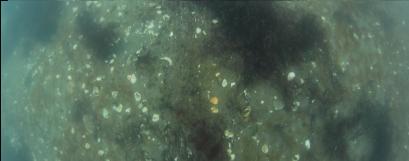
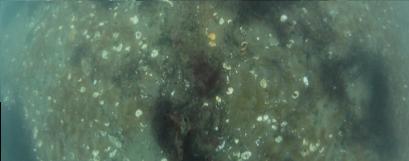
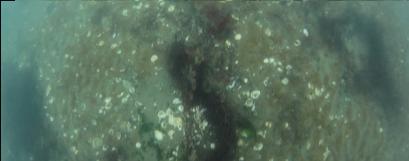
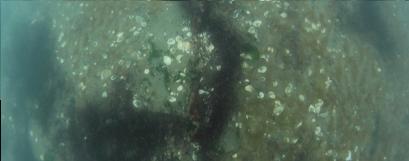
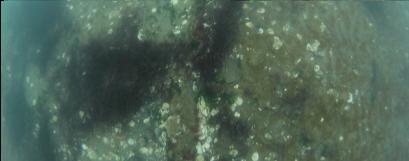
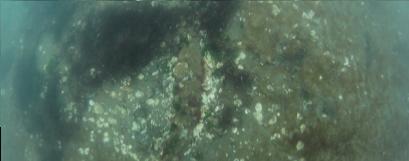
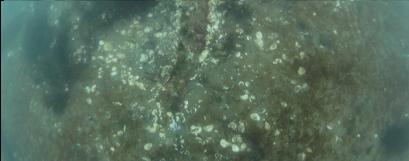
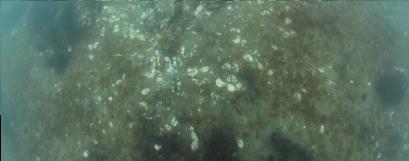
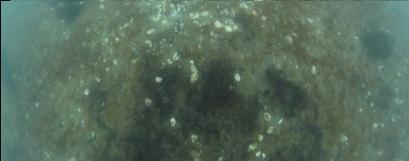
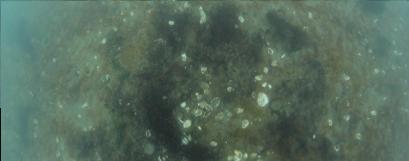
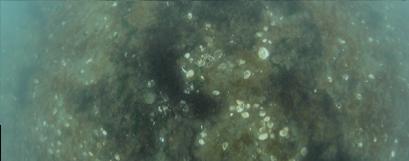
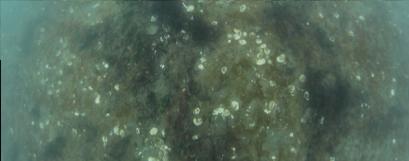
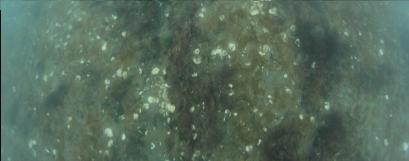
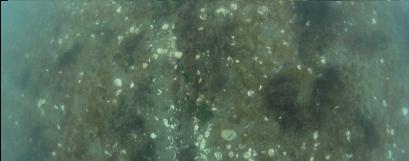
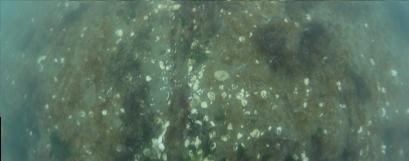
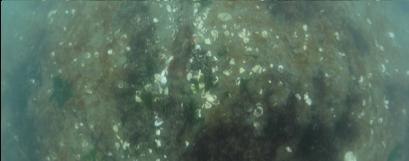
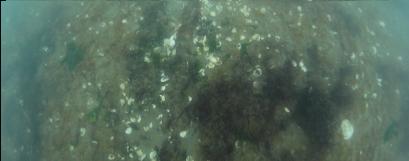
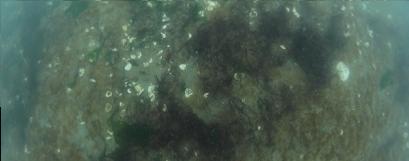


The Restless was a 70-something-foot steam tug built in 1906. It burned and sank near Turgoose Point in 1933. The following is from the website nauticapedia.ca:
In 1928 MacFarlane Brothers Ltd. purchased the tug Restless (#117159 71 feet 16nhp steam engine) from the Minister of Marine & Fisheries in Ottawa ON. She was built in 1906 in New Westminster BC for the Westminster Towing & Fishing Co. The Restless had been commissioned into the Royal Canadian Navy during the First World War and for a time was the tender to the Royal Naval College of Canada when it was based in Esquimalt BC. She was later employed as an examination vessel and then passed to the Canadian Hydrographic Service. The funnel on the Restless was painted green with a white band sporting a green shamrock (for the brothers Irish origins). In 1932 she was sailed to Vancouver BC and lay alongside the big tug Haro at the B.C. Mills Timber & Trading Co. wharf (at the old Hastings Mill site) for a long period during the economic depression. She was eventually returned to Victoria and lay at her old berth at Murdie's float in the Inner Harbour. Early in 1933 she was fired up and sailed under Captain McPhee for Nanaimo for bunkers. When they reached Saanichton Bay they decided (probably due to running with a skeleton crew) to tie up for the night at the James Island wharf with the idea to sail the next morning for Nanaimo. During the night she caught fire and burned to the water's edge. The engine and propeller later salvaged and sold. Until 1952 the ship was mistakenly listed in the Canada Register of Shipping.
I had been doing some diving years ago at the Turgoose Point Govt. wharf in Saanichton and I noticed a wreck marked on an old chart of the area. In this spot the satellite image showed a wreck-shaped outline in the shallow water. I dove here at the time and didn't find anything. In later satellite images the wreck wasn't visible so I assumed it was just my imagination seeing patterns in the eelgrass. Recently I saw a 2015 satellite image from the CRD's GIS mapping website showing the wreck outline again. I figured there must be something there after all, so I went for another dive here to try and find it (Dec. 23, 2015).
Accessing the bay from Arthur Drive:
The tide was so high, the steps to the beach were partially underwater. It was like walking into a swimming pool.
I snorkeled out on the surface to where the satellite image showed the wreck. The visibility wasn't very good (maybe 8'). I swam back and forth over the area and didn't see anything except a hazy view of seaweed and eelgrass. I descended to get a clearer view and continued swimming back and forth, still without seeing anything. The bottom was only 7-9' here at high tide.
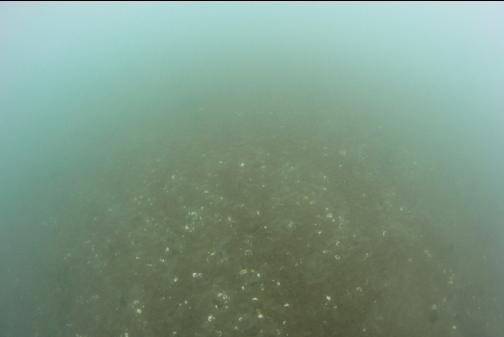
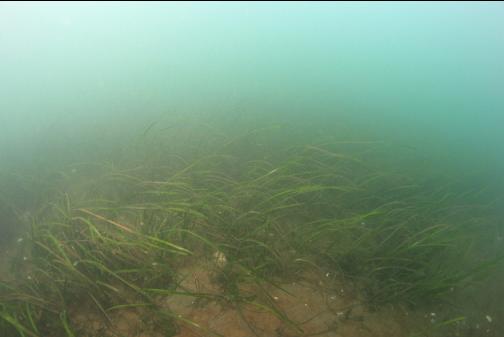
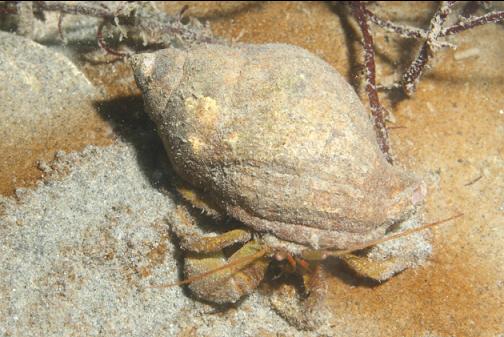
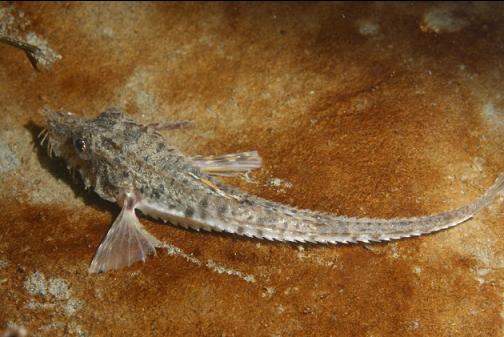
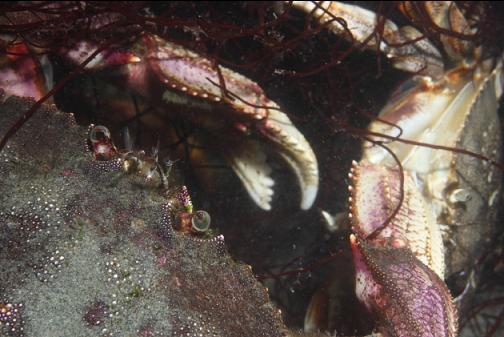
Eventually I stumbled across some scraps of wood and metal. The first thing I saw was some buried wood with a piece of copper sheet nailed to it. There were some pieces of corroded iron around. I followed the wood, which barely stuck up from the sand. It was in the shape of the bottom of a boat. It was maybe 6' wide in the middle and tapered to a point at each end. In the middle, there were broken pieces of cement which was probably the bed for the boiler. In the sand there were globs of melted brass or copper, probably from the fire. I didn't see any trace of the boiler/engine/machinery/shaftline/propeller. They were likely all salvaged. When the tug first sank, most of it must have been sticking out of the water.
After the dive, a local guy on the shore said that the wreck was visible at low tide several years ago, but now it's too rotted away. I don't think what's left is interesting enough for me to dive here again, but I had to convince myself that I wasn't imagining things and there really was a wreck here.










































































